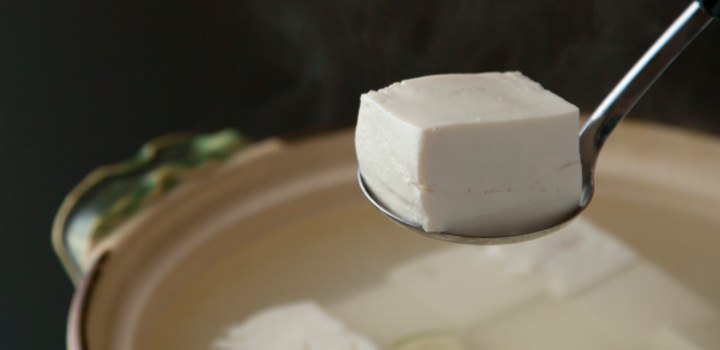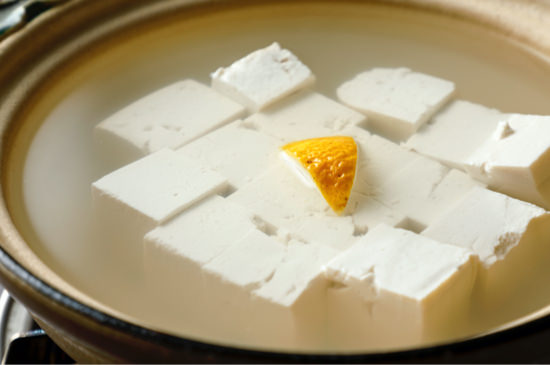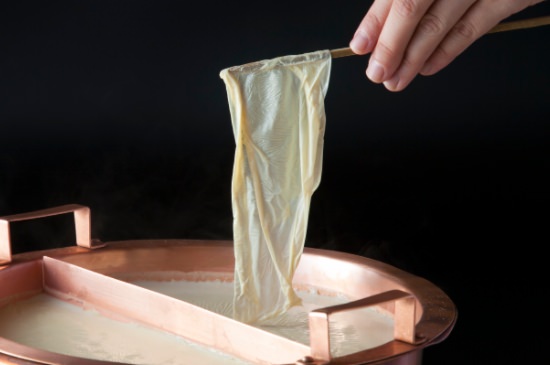We offer two types of couses: one for our customers to casually enjoy main dishes of our famous boiled "yudofu" tofu and yuba (tofu skin); and a Kyoto kaiseki dining course that retains the kaiseki traditions, though without boxing ourselves in. We include ample amounts of local Kyoto vegetables, and include yudofu and yuba for you to savor in our steamed dishes.
We carefully prepare each of our dishes so that our guests can experience the four seasons of Kyoto through their meals with all five senses. It is our aim to fill not only the stomach, but the heart as well.
We hope you'll enjoy dining with us.



・We can prepare food for vegetarians, or people with allergies, etc. Please let us know if you have such dietary restrictions by the day before your visit.
・Our facilities may also be used for formal traditional events like engagement gift-giving ceremonies, or formal meetings of families of engaged couples.
(Kyoto Kaiseki Dining begins at 13,200 yen. We can prepare something to suit your budget.)
・Our facilities may be used for traditional weaning ceremonies, or following Buddhist ceremonies.
(Weaning Ceremony Meals begin at 7,700 yen, and include whole-cooked sea bream at market price, with traditional trays prepared for those who cannot attend starting at 3,300 yen)
・We can also provide cakes and flower bouquets.
(Please let us know three days in advance, as these will require outside orders.)